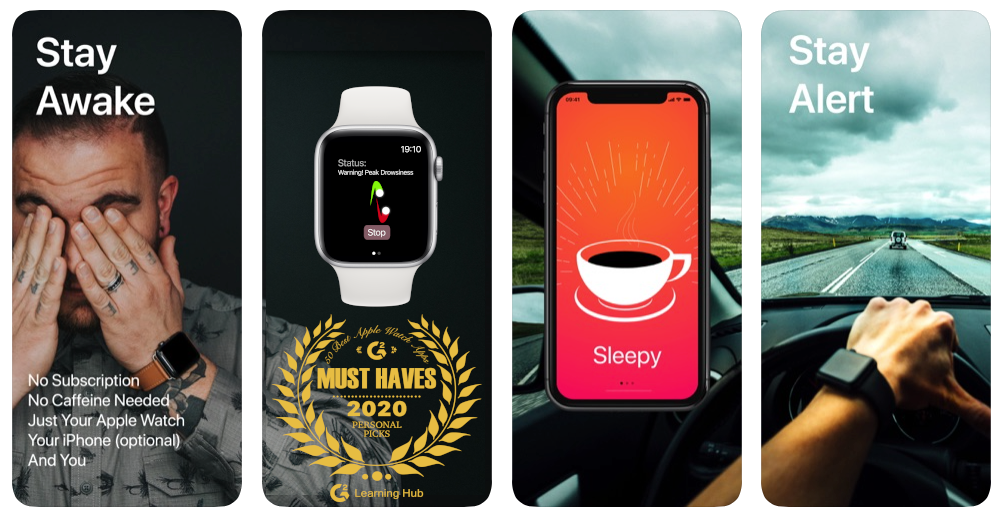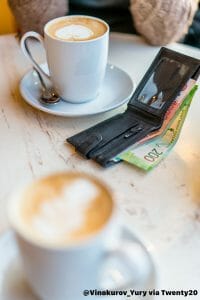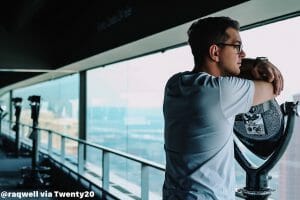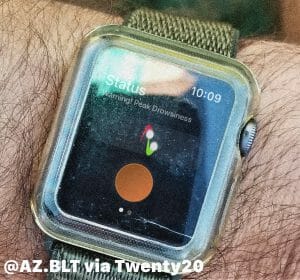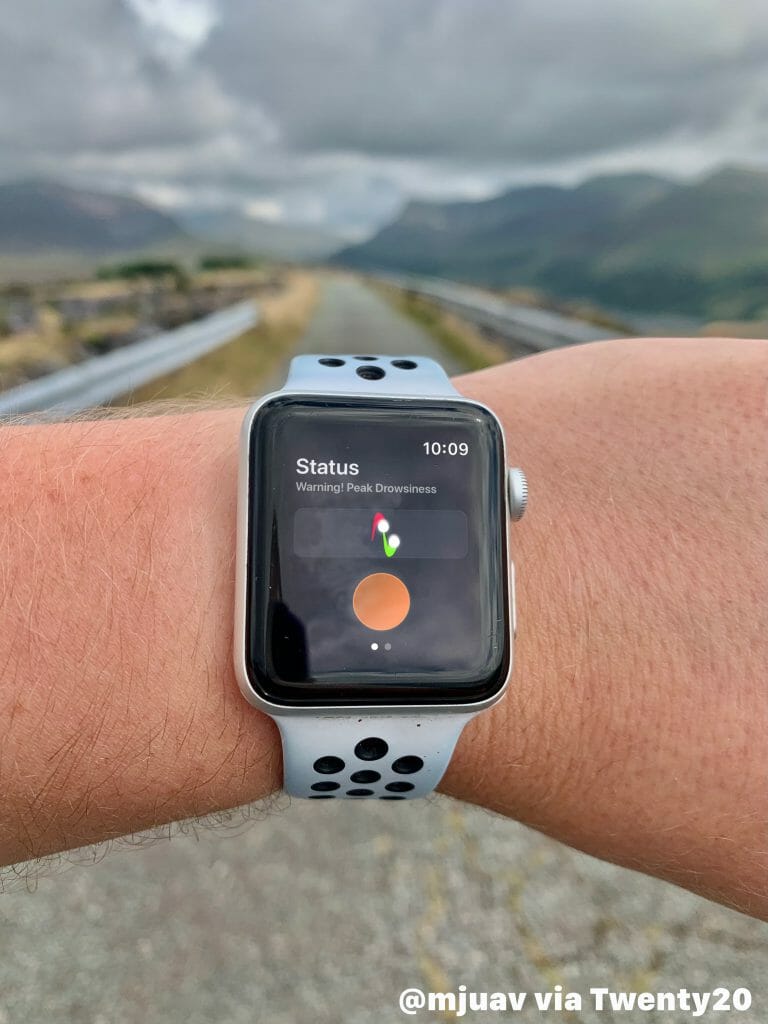Are You Microsleeping Away Your Productivity?
Are You Microsleeping Away Your Productivity Levels?
Make micropayments back to yourself…
For a long period of my life I felt that I wasn’t performing at my best. Things that should have taken a relatively short amount of time were regularly taking me double the time I’d planned for them.
I started putting more effort into better planning and getting things done, but although at first it seemed to be working, my gains would soon stall and I’d be back to struggling to complete my tasks on time.
The answer finally came to me when I was being told by my boss that I needed to stop nodding off and pull myself together.
I had read about microsleep a few years prior and now realized that it was a big component in my lack of productivity.
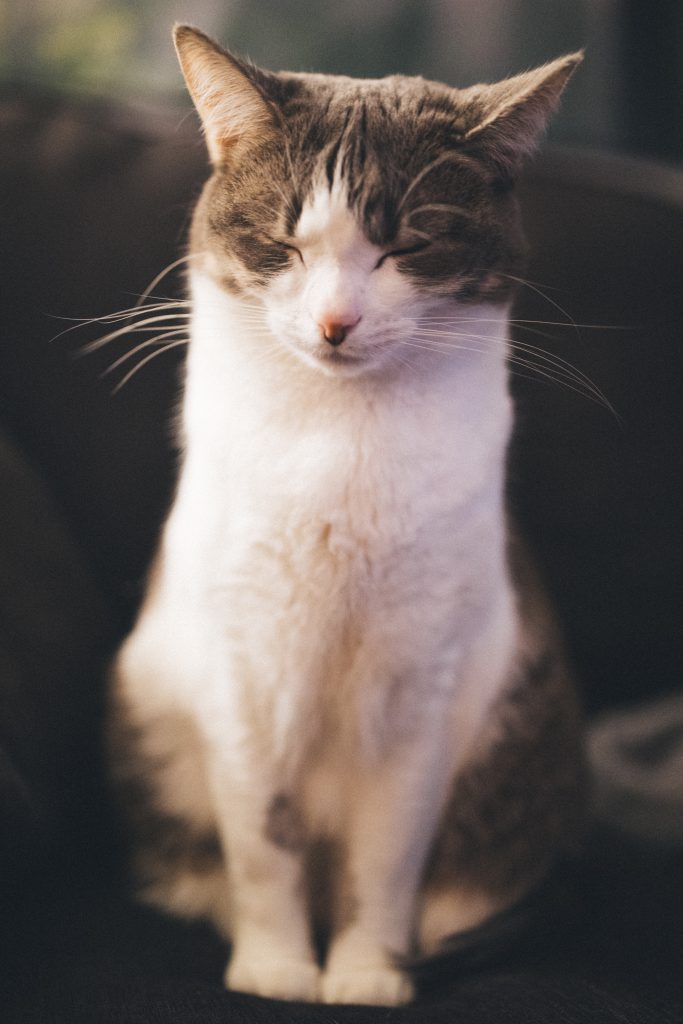
What Is Microsleep?
Microsleep as the name suggests, is a short burst of sleep, usually lasting from between a fraction of a second and 30 seconds.
Just like normal sleep, you will be unaware of what is going on around you, and consciousness can shift in waves between being awake and unawake.
Tell tail signs of microsleep are head nodding, drooping eyelids and slow eyelid-closures.
Microsleep is usually the result of sleep deprivation or participating in monotonous tasks.
The Effects of Microsleep
It is a well-established fact that sleep restriction and deprivation decrease performance. Lack of sleep makes you feel sleepy.
This can cause sudden bursts of sleep, and even if you can manage to stay awake, reduce cognitive performance.
Reduced cognitive performance affects your productivity by:
- Reducing your ability to pay continuous, sustained attention.
- Slows down your reaction time and increases the amount of errors you make.
- Decreases your ability to learn and form memories.
- And significantly affects your ability to plan and coordinate your actions effectively.
Overcoming Microsleep
Once I realized that this was my problem it made it easier to adjust and take positive steps to correcting behaviors that were making my productivity problem worse.
- I planned my days and weeks around my sleep and not the other way around.
At first this meant not staying late at work, and getting more sleep. As things progressed for the better I changed to going to sleep in tune with my body’s circadian rhythm whenever I could.
This allowed for me to stay late at work, but not so late as to make me miss my sleeping schedule. Research showed that it would be best to get to bed between 9pm and 10pm, and wake up around 7am. - I limited the amount of time I spent in “hectic, heavy workload” mode.
As work or study life is not so straight forward, I made room for heavy workload periods and tried to limit them to 2-3 week sprints.
During those sprints I would sleep longer during a Saturday evening – Sunday morning to catch up on sleep that I may have missed and also to recover and prepare for the next week ahead.
At the end of the sprint I would catch up on sleep and relaxation for a few days. - Whilst working, I monitored myself for signs of tiredness and took short breaks or naps when I could.
When I first tried this I had to watch my thoughts and see if my mind was wandering. This let me know that I may be about to fall asleep. But sometimes I felt my head nodding, or actually felt like I was asleep!
A more accurate way to see if I was tired or about to fall asleep was to use a tiredness monitor called V-CAF. It’s an Apple Watch app that vibrates both your iPhone and Apple Watch when you are tired or about to fall asleep.
The iPhone part of the app sounds an alarm and flashes when you are tired. I use that when I’m working by myself.
When I’m in the office I switch the app to discreet mode and put the iPhone in my pocket. Now when I’m alerted both the iPhone and Apple watch vibrate without anyone else needing to know that I’m tired.
This naturally alerts me to take a break so that I can have a nap or do something to wake myself up, before getting back to work.
Review
I still use this approach and my productivity has never been higher. I’ve been able to hold down my job as well as write for this blog and help develop V-CAF, which only a relatively short time ago seemed impossible.
You are you however, and it is almost a certainty that you will have to pick and choose, and modify these suggestions for your unique circumstance.
This was a fairly long article; so here are the main points in short form:
- Plan your work around your sleep.
- When that is not possible, limit the longer hours but shorter sleep to 2-3 weeks and catch up on sleep at the weekend.
- When you feel yourself getting tired whilst working, stop and take a break to wake yourself up. Better yet use V-CAF to accurately tell you when you are tired.
Conclusion
Making a few simple thought adjustments and lifestyle changes can positively influence the level of your productivity.
It can be difficult to start, but once you do and start seeing the results you’ll thank yourself for doing so.

Now available on the App Store, download it now!
